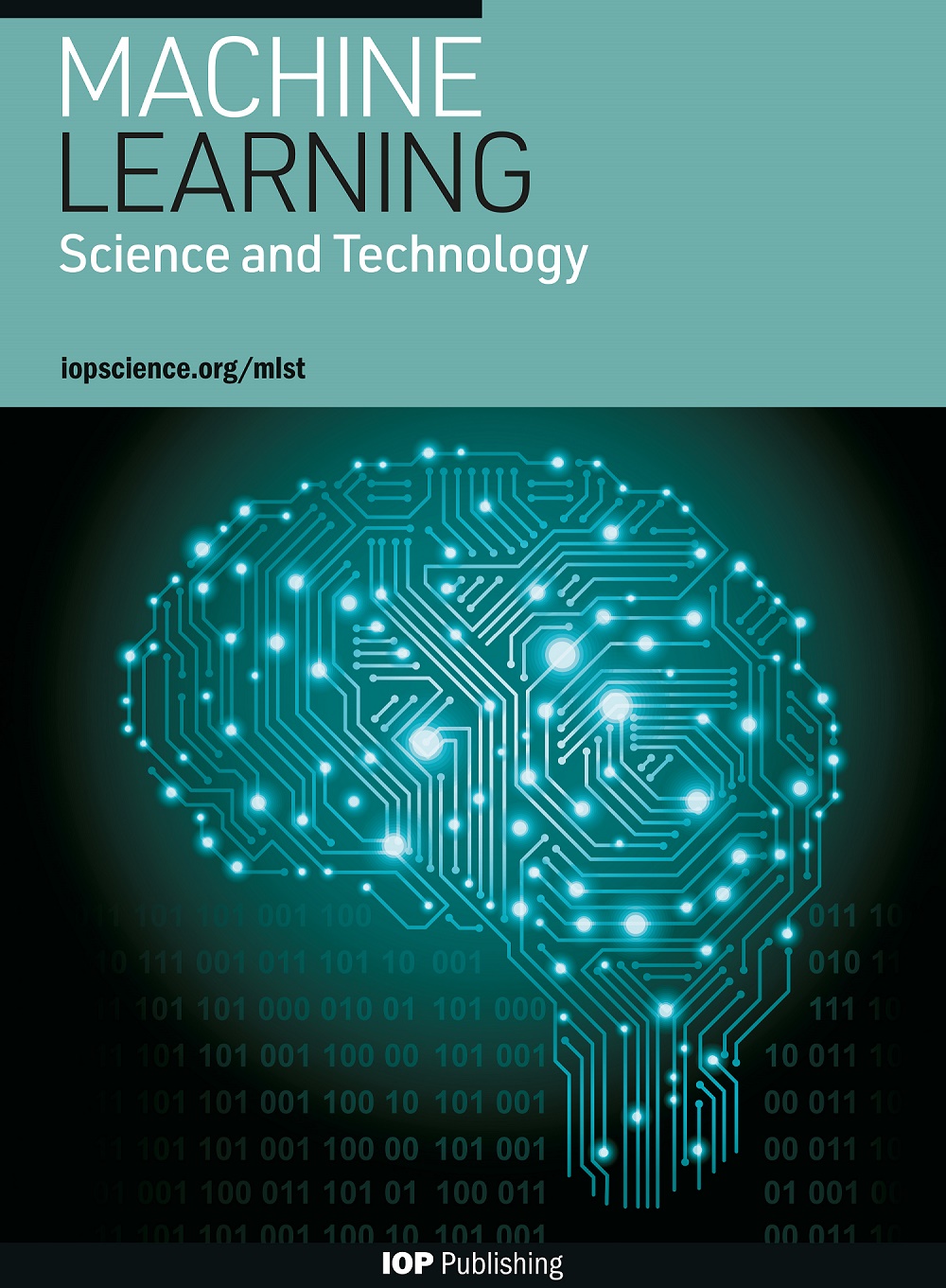利用深度学习对一氧化碳功能化尖端进行原子力显微模拟
IF 6.3
2区 物理与天体物理
Q1 COMPUTER SCIENCE, ARTIFICIAL INTELLIGENCE
引用次数: 0
摘要
原子力显微镜(AFM)在频率调制模式下工作,其金属尖端具有 CO 分子功能,能够以前所未有的分辨率对分子的内部结构进行成像。对这些图像的解读通常比较困难,因此理论模拟的支持就显得尤为重要。目前的模拟方法,尤其是最精确的模拟方法,需要专业知识和资源来对必要的输入(即分子的电荷密度和静电势)进行 ab initio 计算。在此,我们提出了一种基于条件生成对抗网络(CGAN)的计算成本低廉、速度快的替代方法,它避免了所有的力计算,仅使用分子的二维球棍描绘作为唯一输入,对这些原子力显微镜图像进行物理模拟。我们讨论了该模型在使用从之前发布的 QUAM-AFM 数据库中提取的不同子集进行训练时的性能。对于准平面分子,我们的 CGAN 能准确再现模拟图像中观察到的分子内对比度,但对于具有大量内部波纹的分子,由于输入的严格二维特征,我们的 CGAN 有其局限性。本文章由计算机程序翻译,如有差异,请以英文原文为准。
Atomic force microscopy simulations for CO-functionalized tips with deep learning
Atomic force microscopy (AFM) operating in the frequency modulation mode with a metal tip functionalized with a CO molecule is able to image the internal structure of molecules with an unprecedented resolution. The interpretation of these images is often difficult, making the support of theoretical simulations important. Current simulation methods, particularly the most accurate ones, require expertise and resources to perform ab initio calculations for the necessary inputs (i.e charge density and electrostatic potential of the molecule). Here, we propose a computationally inexpensive and fast alternative to the physical simulation of these AFM images based on a conditional generative adversarial network (CGAN), that avoids all force calculations, and uses as the only input a 2D ball–and–stick depiction of the molecule. We discuss the performance of the model when trained with different subsets extracted from the previously published QUAM-AFM database. Our CGAN reproduces accurately the intramolecular contrast observed in the simulated images for quasi–planar molecules, but has limitations for molecules with a substantial internal corrugation, due to the strictly 2D character of the input.
求助全文
通过发布文献求助,成功后即可免费获取论文全文。
去求助
来源期刊

Machine Learning Science and Technology
Computer Science-Artificial Intelligence
CiteScore
9.10
自引率
4.40%
发文量
86
审稿时长
5 weeks
期刊介绍:
Machine Learning Science and Technology is a multidisciplinary open access journal that bridges the application of machine learning across the sciences with advances in machine learning methods and theory as motivated by physical insights. Specifically, articles must fall into one of the following categories: advance the state of machine learning-driven applications in the sciences or make conceptual, methodological or theoretical advances in machine learning with applications to, inspiration from, or motivated by scientific problems.
 求助内容:
求助内容: 应助结果提醒方式:
应助结果提醒方式:


